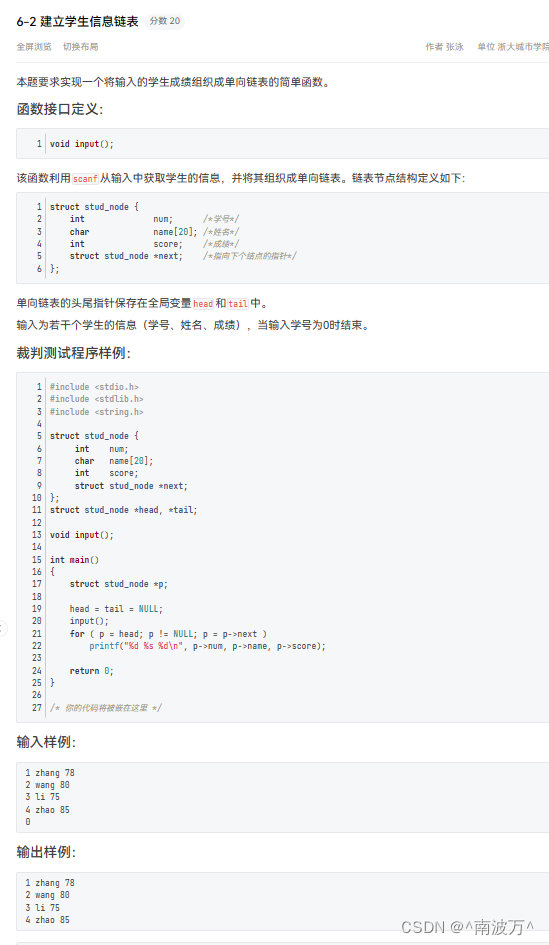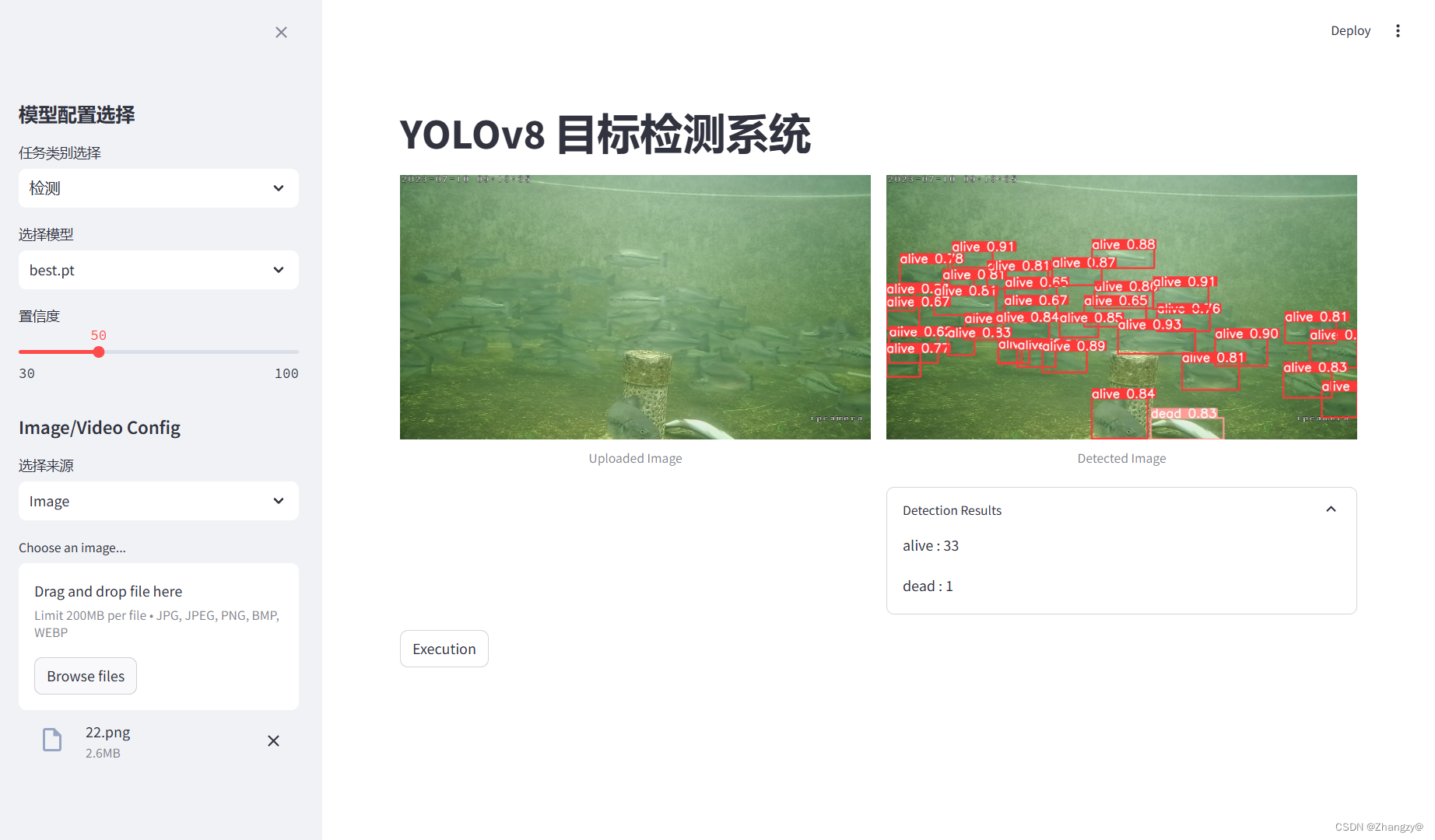引言
在现代编程中,多线程和并发处理是提高程序运行效率和资源利用率的重要方法。Java提供了丰富的多线程编程支持,包括线程的创建与生命周期管理、线程同步与锁机制、并发库和高级并发工具等。本文将详细介绍这些内容,并通过表格进行总结和示范。
线程的创建与生命周期
使用Thread类
可以通过继承Thread类来创建线程,并重写其run方法。
public class MyThread extends Thread {
public void run() {
System.out.println("Thread is running.");
}
public static void main(String[] args) {
MyThread thread = new MyThread();
thread.start();
}
}
使用Runnable接口
实现Runnable接口并将其实例传递给Thread对象也是创建线程的一种方式。
public class MyRunnable implements Runnable {
public void run() {
System.out.println("Runnable is running.");
}
public static void main(String[] args) {
MyRunnable runnable = new MyRunnable();
Thread thread = new Thread(runnable);
thread.start();
}
}
使用线程池
使用ExecutorService可以创建和管理线程池。
import java.util.concurrent.ExecutorService;
import java.util.concurrent.Executors;
public class ThreadPoolExample {
public static void main(String[] args) {
ExecutorService executor = Executors.newFixedThreadPool(5);
for (int i = 0; i < 10; i++) {
Runnable worker = new MyRunnable();
executor.execute(worker);
}
executor.shutdown();
}
}
线程的生命周期
线程有以下几种状态:
- 新建(New)
- 就绪(Runnable)
- 运行(Running)
- 等待/阻塞/休眠(Waiting/Blocked/Sleeping)
- 终止(Terminated)
线程同步与锁机制
同步方法
使用sychronized关键字可以同步方法,确保同一时刻只有一个线程可以访问该方法。
public class SynchronizedExample {
private int count = 0;
public synchronized void increment() {
count++;
}
public static void main(String[] args) {
SynchronizedExample example = new SynchronizedExample();
example.increment();
}
}
同步块
同步块使用sychronized关键字包围代码块,比同步方法更加灵活。
public class SynchronizedBlockExample {
private int count = 0;
private final Object lock = new Object();
public void increment() {
synchronized (lock) {
count++;
}
}
public static void main(String[] args) {
SynchronizedBlockExample example = new SynchronizedBlockExample();
example.increment();
}
}
ReentrantLock
ReentrantLock提供了更加灵活的锁机制。
import java.util.concurrent.locks.Lock;
import java.util.concurrent.locks.ReentrantLock;
public class ReentrantLockExample {
private int count = 0;
private final Lock lock = new ReentrantLock();
public void increment() {
lock.lock();
try {
count++;
} finally {
lock.unlock();
}
}
public static void main(String[] args) {
ReentrantLockExample example = new ReentrantLockExample();
example.increment();
}
}
并发库
Executor框架
Executor框架是Java并发库的核心部分,简化了并发任务的执行。
import java.util.concurrent.ExecutorService;
import java.util.concurrent.Executors;
public class ExecutorExample {
public static void main(String[] args) {
ExecutorService executor = Executors.newFixedThreadPool(2);
for (int i = 0; i < 5; i++) {
executor.submit(() -> {
System.out.println(Thread.currentThread().getName() + " is executing task.");
});
}
executor.shutdown();
}
}
Future和Callable
Callable接口表示一个可以返回结果的任务,Future接口表示异步计算的结果。
import java.util.concurrent.Callable;
import java.util.concurrent.ExecutionException;
import java.util.concurrent.ExecutorService;
import java.util.concurrent.Executors;
import java.util.concurrent.Future;
public class FutureCallableExample {
public static void main(String[] args) {
ExecutorService executor = Executors.newCachedThreadPool();
Callable<Integer> task = () -> {
Thread.sleep(2000);
return 123;
};
Future<Integer> future = executor.submit(task);
try {
System.out.println("Result: " + future.get());
} catch (InterruptedException | ExecutionException e) {
e.printStackTrace();
} finally {
executor.shutdown();
}
}
}
高级并发工具
CountDownLatch
CountDownLatch允许一个或多个线程等待,直到其他线程完成一组操作。
import java.util.concurrent.CountDownLatch;
public class CountDownLatchExample {
public static void main(String[] args) throws InterruptedException {
int count = 3;
CountDownLatch latch = new CountDownLatch(count);
for (int i = 0; i < count; i++) {
new Thread(() -> {
System.out.println(Thread.currentThread().getName() + " is running.");
latch.countDown();
}).start();
}
latch.await();
System.out.println("All tasks completed.");
}
}
CyclicBarrier
CyclicBarrier允许一组线程互相等待,直到所有线程都到达一个屏障点,然后继续执行。
import java.util.concurrent.BrokenBarrierException;
import java.util.concurrent.CyclicBarrier;
public class CyclicBarrierExample {
public static void main(String[] args) {
int count = 3;
CyclicBarrier barrier = new CyclicBarrier(count, () -> {
System.out.println("All threads arrived. Let's continue...");
});
for (int i = 0; i < count; i++) {
new Thread(() -> {
System.out.println(Thread.currentThread().getName() + " is waiting.");
try {
barrier.await();
} catch (InterruptedException | BrokenBarrierException e) {
e.printStackTrace();
}
}).start();
}
}
}
表格总结
线程的创建方法
| 创建方法 | 描述 | 示例 |
|---|---|---|
| 继承Thread类 | 创建一个新的线程类,重写run方法 | class MyThread extends Thread { public void run() { ... } } |
| 实现Runnable接口 | 创建一个实现Runnable接口的类,实现run方法 | class MyRunnable implements Runnable { public void run() { ... } } |
| 使用ExecutorService | 创建和管理线程池 | ExecutorService executor = Executors.newFixedThreadPool(5); |
线程同步方法
| 同步方法 | 描述 | 示例 |
|---|---|---|
| synchronized方法 | 同步整个方法,只允许一个线程访问 | public synchronized void increment() { ... } |
| synchronized块 | 同步代码块,只允许一个线程访问指定代码块 | synchronized (lock) { ... } |
| ReentrantLock | 显式锁机制,提供了更灵活的同步控制 | lock.lock(); try { ... } finally { lock.unlock(); } |
并发工具
| 工具 | 描述 | 示例 |
|---|---|---|
| CountDownLatch | 允许一个或多个线程等待,直到其他线程完成一组操作 | new CountDownLatch(count); |
| CyclicBarrier | 允许一组线程互相等待,直到所有线程都到达屏障点 | new CyclicBarrier(count, Runnable); |
| Executor框架 | 简化并发任务的执行和管理 | ExecutorService executor = Executors.newFixedThreadPool(2); |
| Future和Callable | 表示异步计算和可返回结果的任务 | Future<Integer> future = executor.submit(task); |
应用场景与实践:生产者-消费者模型
生产者-消费者模型是多线程编程中的经典问题。该模型中,通过使用BlockingQueue可以方便地实现线程之间的安全通信和协调,从而避免资源争用和死锁问题。
示例:生产者-消费者模型
import java.util.concurrent.ArrayBlockingQueue;
import java.util.concurrent.BlockingQueue;
public class ProducerConsumerExample {
public static void main(String[] args) {
BlockingQueue<Integer> queue = new ArrayBlockingQueue<>(10);
// 生产者
Runnable producer = () -> {
int value = 0;
while (true) {
try {
queue.put(value);
System.out.println("Produced: " + value);
value++;
Thread.sleep(500); // 模拟生产时间
} catch (InterruptedException e) {
Thread.currentThread().interrupt();
}
}
};
// 消费者
Runnable consumer = () -> {
while (true) {
try {
int value = queue.take();
System.out.println("Consumed: " + value);
Thread.sleep(1000); // 模拟消费时间
} catch (InterruptedException e) {
Thread.currentThread().interrupt();
}
}
};
new Thread(producer).start();
new Thread(consumer).start();
}
}
在以上示例中,BlockingQueue用作存储数据的共享缓冲区,生产者线程不断向队列中添加数据,而消费者线程从队列中取出数据进行处理。通过BlockingQueue的阻塞特性,生产者和消费者在队列满或空时自动等待,从而实现线程间的协调。
表格总结
线程的创建方法
| 创建方法 | 描述 | 示例 |
|---|---|---|
| 继承Thread类 | 创建一个新的线程类,重写run方法 | class MyThread extends Thread { public void run() { ... } } |
| 实现Runnable接口 | 创建一个实现Runnable接口的类,实现run方法 | class MyRunnable implements Runnable { public void run() { ... } } |
| 使用ExecutorService | 创建和管理线程池 | ExecutorService executor = Executors.newFixedThreadPool(5); |
线程同步方法
| 同步方法 | 描述 | 示例 |
|---|---|---|
| synchronized方法 | 同步整个方法,只允许一个线程访问 | public synchronized void increment() { ... } |
| synchronized块 | 同步代码块,只允许一个线程访问指定代码块 | synchronized (lock) { ... } |
| ReentrantLock | 显式锁机制,提供了更灵活的同步控制 | lock.lock(); try { ... } finally { lock.unlock(); } |
并发工具
| 工具 | 描述 | 示例 |
|---|---|---|
| CountDownLatch | 允许一个或多个线程等待,直到其他线程完成一组操作 | new CountDownLatch(count); |
| CyclicBarrier | 允许一组线程互相等待,直到所有线程都到达屏障点 | new CyclicBarrier(count, Runnable); |
| Executor框架 | 简化并发任务的执行和管理 | ExecutorService executor = Executors.newFixedThreadPool(2); |
| Future和Callable | 表示异步计算和可返回结果的任务 | Future<Integer> future = executor.submit(task); |
线程池与并发框架
Java并发编程中,线程池与并发框架是实现高效多线程的关键组件。线程池可以重复利用线程,减少线程创建和销毁的开销。而并发框架如java.util.concurrent包则提供了丰富的并发工具。
线程池示例:固定大小线程池
import java.util.concurrent.ExecutorService;
import java.util.concurrent.Executors;
public class FixedThreadPoolExample {
public static void main(String[] args) {
ExecutorService executor = Executors.newFixedThreadPool(3);
for (int i = 0; i < 5; i++) {
executor.submit(() -> {
System.out.println(Thread.currentThread().getName() + " is executing task.");
try {
Thread.sleep(1000); // 模拟任务执行时间
} catch (InterruptedException e) {
Thread.currentThread().interrupt();
}
});
}
executor.shutdown();
}
}
在此示例中,使用Executors.newFixedThreadPool(int)方法创建一个固定大小的线程池,并提交多个任务供线程池执行。线程池能有效管理线程的创建和销毁,优化资源使用。
锁和同步机制
在多线程环境下,正确的锁和同步机制是防止数据竞争和确保数据一致性的关键。
ReentrantLock示例
import java.util.concurrent.locks.Lock;
import java.util.concurrent.locks.ReentrantLock;
public class ReentrantLockExample {
private int count = 0;
private final Lock lock = new ReentrantLock();
public void increment() {
lock.lock();
try {
count++;
System.out.println(Thread.currentThread().getName() + " count: " + count);
} finally {
lock.unlock();
}
}
public static void main(String[] args) {
ReentrantLockExample example = new ReentrantLockExample();
Runnable task = example::increment;
for (int i = 0; i < 5; i++) {
new Thread(task).start();
}
}
}
在上述示例中,ReentrantLock用于显式锁机制,确保同一时刻只有一个线程能够访问共享数据。
结束语
本文详细介绍了Java中的多线程编程和并发处理,包括线程的创建与生命周期、线程同步与锁机制、并发库和高级并发工具等。通过代码示例和表格总结,希望您能更好地理解和应用Java的多线程编程,提高程序性能和资源利用率。




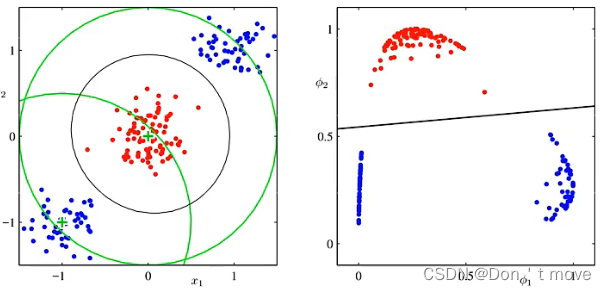
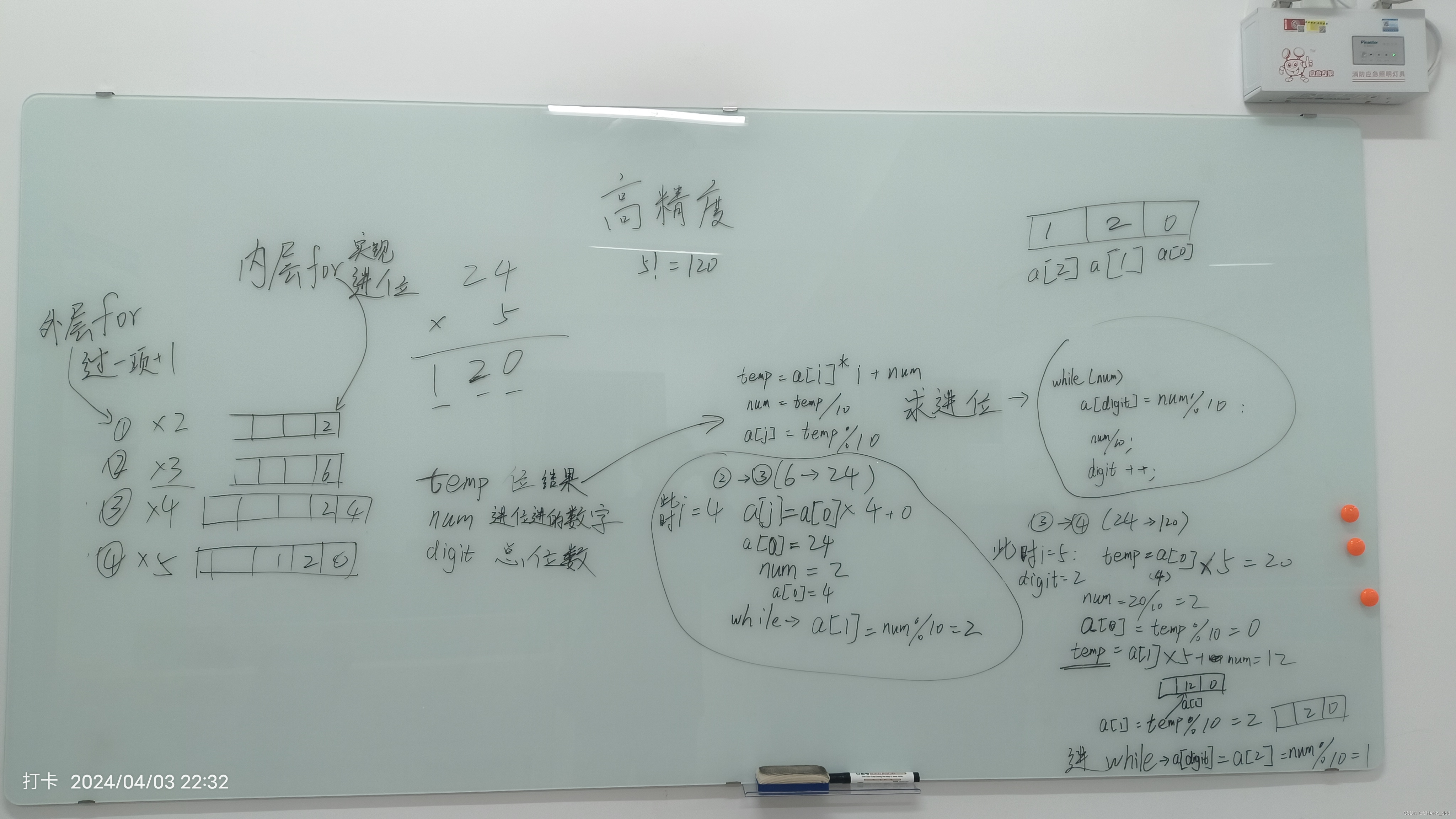

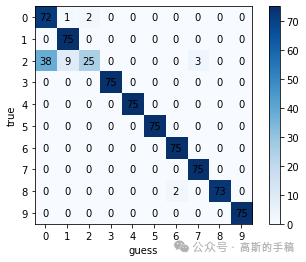

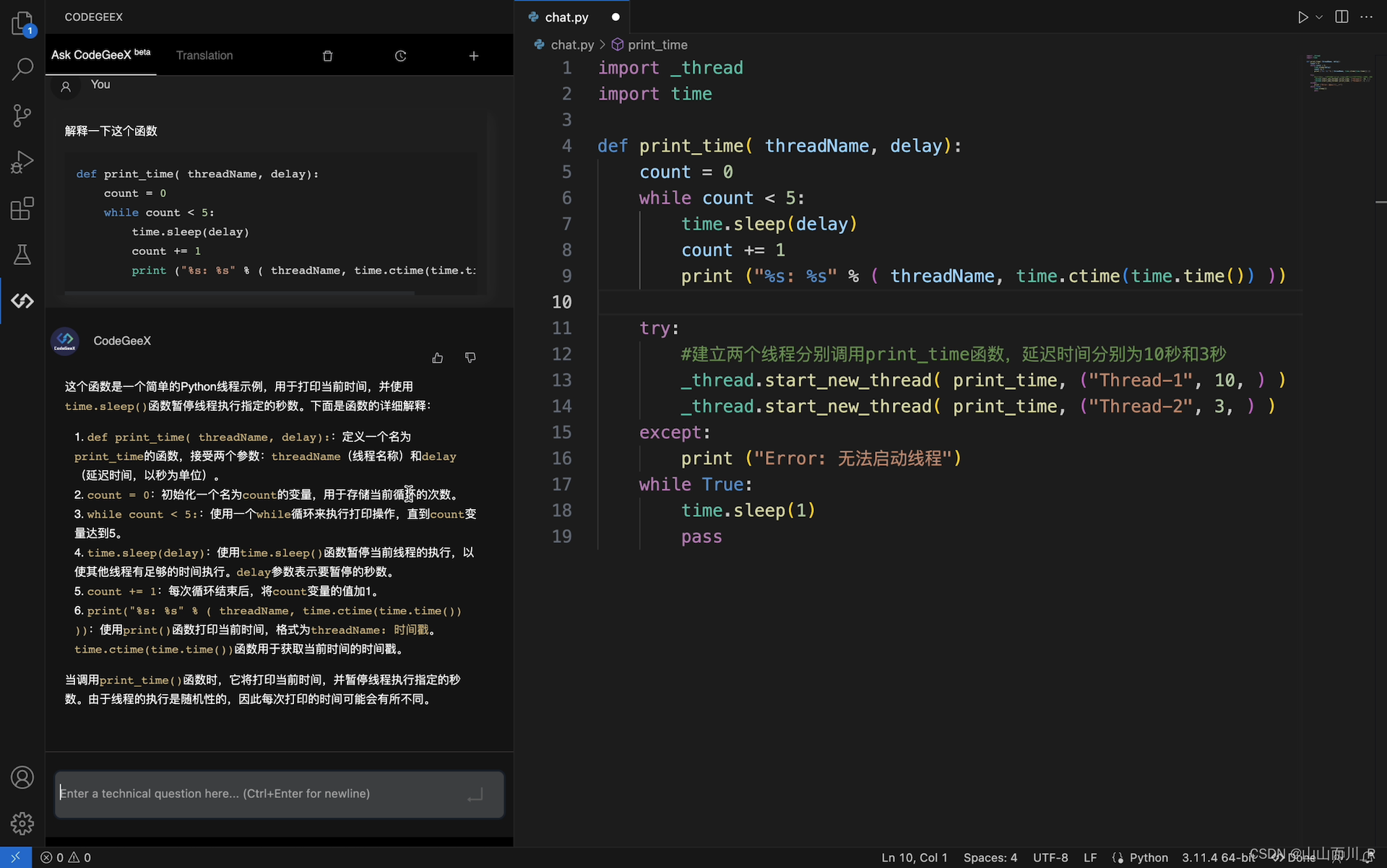



![[数据集][目标检测]减速带检测数据集VOC+YOLO格式5400张1类别](https://img-blog.csdnimg.cn/direct/13f3fafa5a0740a392d2c0c3e4302e11.png)


![Siemens-NXUG二次开发-创建平面(无界非关联)、固定基准面[Python UF][20240614]](https://img-blog.csdnimg.cn/direct/cde449a65bd54e3385ef54f1aaa9169b.png#pic_center)
